Training young athletes: Part 1 Frank Dick
4 CommentsI am starting this Olympic year with a focus on training young athletes. With all the hoo ha about the top end, it is important to remember how to get there. This week some expert coaches from Track and Field, Athletic Development and Strength and Conditioning have kindly donated some ideas.
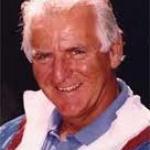 First up is Frank Dick, who has coached many of Britain’s best athletes, written several great books and is well sought after public speaker. If you get a chance to hear him speak, or meet him, take it up.
First up is Frank Dick, who has coached many of Britain’s best athletes, written several great books and is well sought after public speaker. If you get a chance to hear him speak, or meet him, take it up.
“Back in the 80’s I designed a simple set of steps for development. It started with “Train to train” and subsequently Istvan Balyi used it as his LTAD basis.
My reason for that starting point was that before you get into teaching young people techniques they must have the physical competencies to do so without building in compensatory movements. Otherwise you are building thereafter on a compromised foundation.
The steps now I see as:
- Excite to practice
- Practice to prepare
- Prepare to participate
- Participate to perform
- Perform to compete
- Compete to learn
- Learn to win
Mostly people leave out step 6. This represents the years of learning how to get the final 1% needed to deliver personal excellence under pressure and on the day
When deciding what to do and how to do it re a coaching issue, always go back at least one stage and make sure that is as it should be. The original thing you are looking at is a consequence of what has gone before.
When coaching technique always look at the athlete’s performance from a distance first. This will give a clear picture of rhythm, flow etc and where this is fractured. Then coach from the ground or attachment to fixed equipment up or out
Finally, when teaching or coaching young and early developing athletes fit the discipline/equipment to athlete then fit athlete gradually to the formal discipline/equipment etc”
Frank Dick.
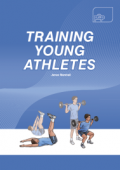 If you wish to have an easy to follow guide to training young athletes, then click on the book cover to the right. I wrote this standing on the shoulders of giants.
If you wish to have an easy to follow guide to training young athletes, then click on the book cover to the right. I wrote this standing on the shoulders of giants.


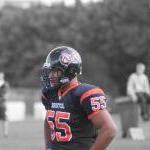 Elliot Hoyte (6’5″, 120kg) American Football Defensive End, has won a full scholarship to Boise State College in the USA.
Elliot Hoyte (6’5″, 120kg) American Football Defensive End, has won a full scholarship to Boise State College in the USA. Krysten Coombs (quite short, 45kg) has won a bronze medal in the World Championships in Guatemala for
Krysten Coombs (quite short, 45kg) has won a bronze medal in the World Championships in Guatemala for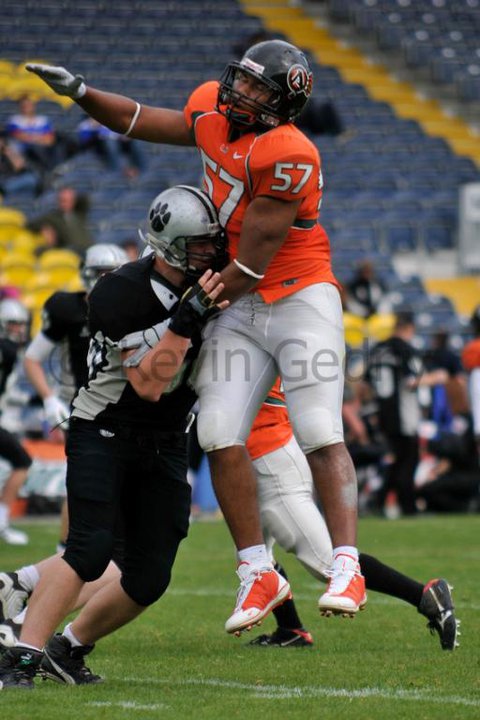
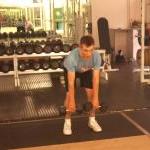
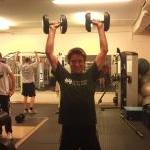
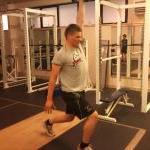
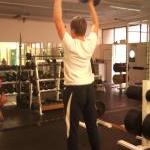


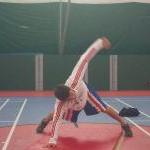
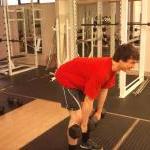

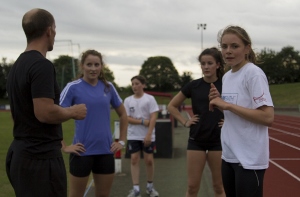 I am using a block of Autumn training as a motor skill development with endurance training period.
I am using a block of Autumn training as a motor skill development with endurance training period.